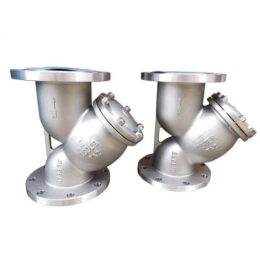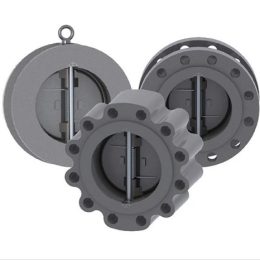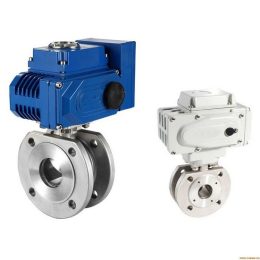“Understanding Ball Valves: Exploring the Parts of a High-Performance Control Solution”
Ball valves are commonly used in industries that require control systems. They are known for their excellent shut-off capabilities and efficient control of fluid flow. A ball valve is a type of valve that uses a ball-shaped component to regulate its flow. In this article, we will discuss the different parts of a ball valve.
Understanding Ball Valves
A ball valve is a type of valve that uses a hollow, perforated, and pivoting ball to control the flow of liquids or gases. It operates via a quarter-turn movement of the ball, which allows the fluid to flow through the valve. Ball valves are used in a wide range of applications, including water treatment, chemical processing, and power generation.
What are the Parts of a Ball Valve?
Valve Body
The valve body is the main component of a ball valve. It houses all the other parts and functions as the primary pressure boundary. The valve body can be made of various materials, such as stainless steel, brass, or PVC. The most common type of valve body is a two-piece design, which consists of two separate halves that are bolted together.
Rotary Ball
The rotary ball is the most important part of a ball valve. It is a hollow sphere that rotates within the valve body to control the flow of fluid. The ball can be made of various materials, such as stainless steel, brass, or PVC. When the ball is rotated 90 degrees, it blocks the flow of fluid, while rotating it back to its original position allows the fluid to flow through the valve.
Stem
The stem connects the ball to the external control mechanism. It is responsible for rotating the ball to control the flow of fluid. The stem can be operated manually or automatically, depending on the type of valve. Manual valves use a lever or handle to turn the stem, while automatic valves use electric, pneumatic, or hydraulic power.
Seats
The seats are the components that create a seal between the ball and the valve body to prevent leakage. They can be made of various materials, such as metal, ceramic, or synthetic resin. The seats are typically located on either side of the ball and are held in place by the valve body.
Power Source
The power source is the component that provides the energy to operate the valve. There are three basic types of power sources used in ball valves: pneumatic, electric, and hydraulic. Pneumatic ball valves use compressed air to operate, while electric valves use electricity. Hydraulic ball valves use pressurized fluid to operate.
Packing
The packing is the component that seals the stem to prevent fluid from leaking around it. It is typically made of a flexible material, such as Teflon or graphite. The packing is located around the stem and is compressed by the valve bonnet to create a seal.
Bonnet
The bonnet is the component that covers the valve body to protect the internal components from environmental factors. It is typically bolted to the valve body and provides a secondary pressure boundary. The bonnet also holds the stem and packing in place and adjusts the packing compression.
Conclusion
Ball valves are essential components in many industries, and understanding their different parts is crucial in selecting the right valve for a particular application. The valve body, rotary ball, stem, seats, power source, packing, and bonnet are all important components of a ball valve. By understanding how these components work together, you can select the right ball valve for your needs.
- Understanding the Industrial Applications of Socket Welding Check Valves
- Forged Gate Valve
- Regulating Valve: The Key to Efficient Process Control
- What Are The Criteria For The Selection And Use Of Check Valve Manufacturers?
- Six matters needing attention when choosing a regulating valve
- Reasons for Rust of Stainless Steel Butterfly Valve



